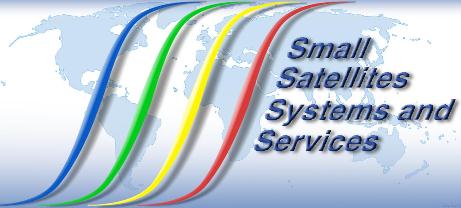Information:
UPDATE: The next 4S Symposium will take place in the first quarter of 2022. More information will be communicated in due time.
What’s up above our heads making a strange noise like a big mosquito?
Many of us have asked ourselves this question the first time a small drone was flying above our heads. Drones are not only toys for taking aerial images, they are also quickly becoming systems capable of performing remote sensing campaigns.
The recent development of drones and high-altitude aerial platforms have opened up new possibilities for remote sensing with unprecedented capabilities and characteristics.
Small octocopters, for example, available at a very modest price and easy to operate, can be equipped with very compact hyperspectral cameras. These systems can perform remote sensing operations with ground resolutions far better that any satellite. Although drones can cover only very limited areas, they are now used for precision farming, cadaster mapping, and many other applications that target the same end users and customers of space systems.
Similarly, high altitude aerial platforms will provide persistent surveillance of densely populated areas, with applications ranging from air quality, traffic information and security.
Small satellites have, for about three decades, been the alternative way to perform remote sensing to conventional space systems and airborne campaigns. Drones are now, similarly, providing a comparable service to that of small satellites, but at a fraction of the cost. Will drones disrupt the small satellite sector? Will companies operating in the small satellite sector be able to promptly react and establish viable and cost effective synergies between the two technologies?
The application of Artificial Intelligence to remote sensing will easily find its way into drones, where experimenting with new ideas is certainly simpler than on a satellite. Can small satellites benefit from the AI developments done for drones and therefore become more powerful systems?
Conversely, can the experience gained in developing algorithms for processing satellite data, be applied to data acquired by drones?
How will the future small systems industrial landscape look like? Will we see new companies offering services that combine data acquired from drones and satellites, or will the existing small sat companies be able to extend their capabilities?
